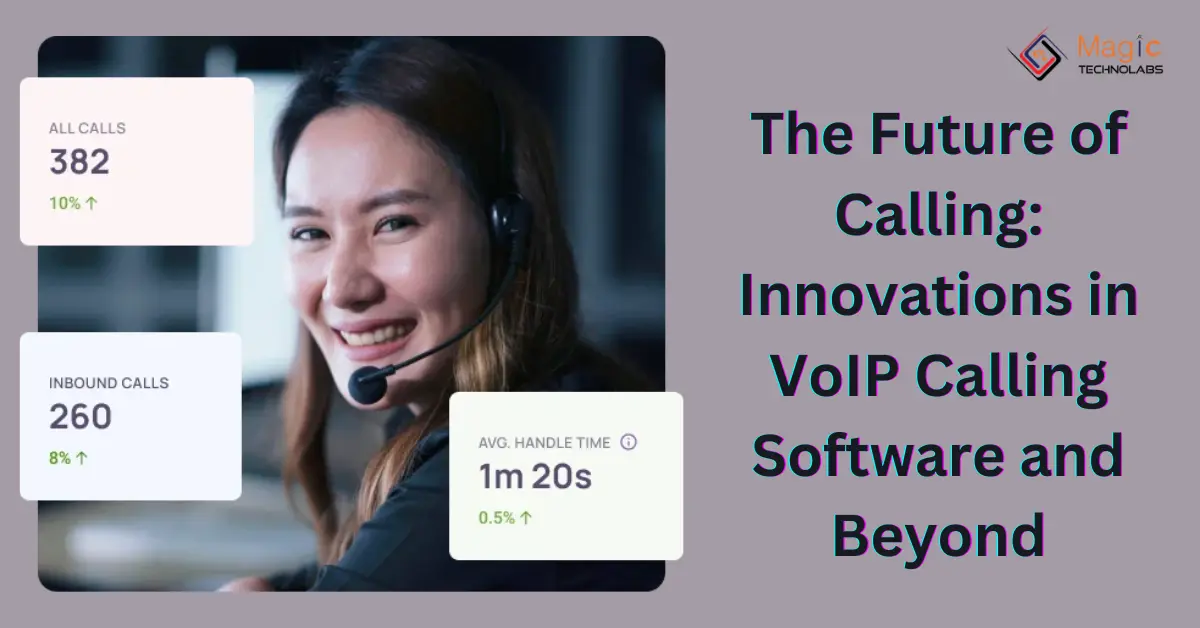As technology continues to evolve, the future of calling is undergoing a transformation, driven by innovations in VoIP (Voice over Internet Protocol) calling software and beyond. These advancements are reshaping the way we communicate, offering new possibilities and capabilities that were once unimaginable.
One of the key innovations in VoIP calling software is the integration of artificial intelligence (AI) and machine learning algorithms. These technologies enable VoIP systems to analyze voice data in real-time, providing insights into customer sentiment, speech patterns, and preferences. With AI-powered voice recognition, users can interact with VoIP systems using natural language commands, making communication more intuitive and efficient.
Another trend shaping the future of calling is the rise of WebRTC (Web Real-Time Communication) technology. WebRTC allows for real-time communication over the internet, enabling voice and video calls directly from web browsers without the need for additional plugins or software. This opens up new possibilities for web-based communication applications, such as browser-based video conferencing and voice-enabled web applications.
Additionally, the future of calling is increasingly mobile-centric, with more people relying on smartphones and mobile devices for communication. VoIP calling software is adapting to this trend by offering mobile apps that provide seamless integration with existing phone systems. These apps allow users to make and receive calls using their VoIP service anywhere they have an internet connection, whether they're in the office, at home, or on the go.
Beyond VoIP calling software, emerging technologies such as 5G connectivity and Internet of Things (IoT) devices are poised to further revolutionize the way we communicate. 5G networks offer higher data speeds and lower latency, enabling real-time communication experiences with minimal lag. IoT devices, such as smart speakers and wearable gadgets, are becoming increasingly interconnected, creating new opportunities for voice-enabled communication and automation.
In conclusion, the future of calling is bright with innovations in VoIP calling software and beyond. AI-powered insights, WebRTC technology, mobile apps, and emerging technologies like 5G and IoT are reshaping the way we connect and communicate. As these advancements continue to evolve, we can expect even more exciting developments in the world of calling in the years to come.
















